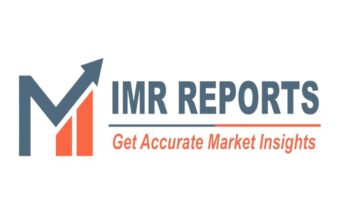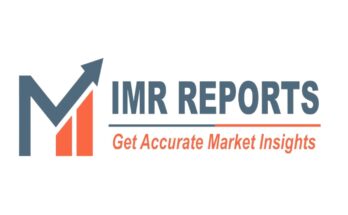The global peracetic acid market size is projected to grow from USD 1.0 billion in 2023 to USD 1.4 billion in 2028, at a CAGR of 7.4%. Peracetic acid is a liquid mixture of hydrogen peroxide and acetic acid, play a pivotal role in various industries, including healthcare, food & beverages, water treatment, pulp & paper and others. These versatile chemicals have gained significant importance due to their wide range of applications, from disinfectant to sterilant.
Download PDF Brochure: https://www.marketsandmarkets.com/pdfdownloadNew.asp?id=1111
There are various small, medium, and large players operating in the market. Some of the major market players include Solvay (Belgium), Evonik Industries AG (Germany), Ecolab Inc. (US), Mitsubishi Gas Chemical Company (Japan), Enviro Tech Chemical Services (US), Jubilant Life Sciences (India), National Peroxide Ltd. (India), Kemira Oyj (Finland), Seeler Industries Inc. (US), and Airedale Chemicals (UK) among others, have framed their strategies to penetrate and create bases in these emerging markets. These products are manufactured in accordance with the limits imposed by organizations and governments. All of these factors are projected to help to the long-term development of peracetic acid market players over the following five years.
The future growth prospects for peracetic acid appear promising. The expansion of industries such as food & beverages, healthcare, pulp & paper is expected to further drive demand. peracetic acid is used as a sustainable biocide for aseptic packaging of food and beverages, in cosmetics and hair bleaching, for environmentally friendly water and wastewater treatment, for smart sustainable aquaculture solutions, for disinfection in agriculture, for chemical synthesis, for sterilisation in hospital hygiene, or for cleaning and disinfecting laundry and textiles.
A flexible oxidising agent, peracetic acid dissolves readily in water and breaks down into non-toxic byproducts. In a variety of industries, including food and beverage processing of fruits, vegetables, and poultry, environmental remediation, industrial cleaning and sanitization, and oil and gas production, the various concentrations are used in chemical synthesis, bleaching, sanitization, disinfection, hygiene, and sterilisation.
In conclusion, peracetic acid are poised for a promising future, and companies in this sector should focus on regulatory compliance, and strategic expansion to capitalize on the significant growth prospects ahead. Adapting to changing market dynamics and harnessing the full potential of peracetic acid in a sustainable and responsible manner will be crucial for remaining competitive in this evolving landscape
The Europe region stands out as the largest market for peracetic acid, and several key factors underpin this prominence within the chemical industry. Firstly, the rapid industrialization and urbanization witnessed across several European countries, notably Germany and UK, have fueled extensive infrastructure development. The main functions of peracetic acid in food processing and handling are as a disinfectant and a sanitizer for surfaces that come into touch with food.
Inquiry Before Buying: https://www.marketsandmarkets.com/Enquiry_Before_BuyingNew.asp?id=1111
5-15% Grade, hold the major share in the peracetic acid market. Solutions containing peracetic acid (PAA) in concentrations ranging from 5% to 15% provide a variety of applications including sanitation and disinfection. The particular concentration within this range is selected according to the application’s needs and the required amount of antibacterial activity. For sanitization and disinfection, 5%–15% grade PAA is typically utilised in a variety of sectors, including healthcare, food processing, water treatment, and agriculture.
Disinfectant is one of the prominent application in peracetic acid. Disinfectant eliminates harmful microbes, thus prevent the spreading of hazardous organisms in the finished goods. It is applied to non-living objects to resist the growth of microorganisms thriving on the object. It generally does not kill the microorganisms. peracetic acid inhibits the growth of microorganisms, it is frequently used as a disinfectant. Stronger disinfectants quickly neutralise germs since they destroy them throughout the disinfection process significantly more quickly.



